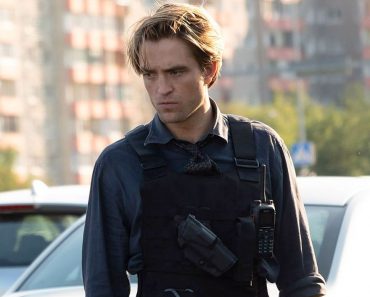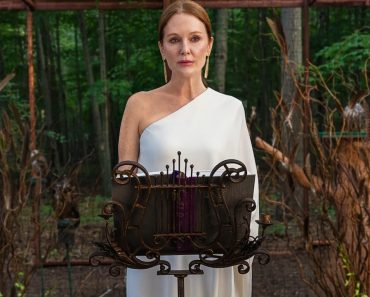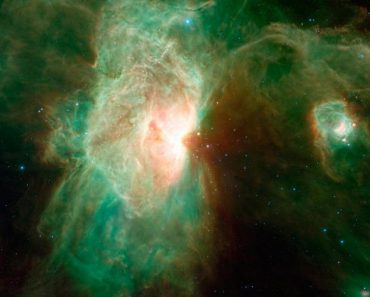The exhibition ‘The Veil of Perception’— at Lahore’s Ejaz Art Gallery — featured works from a diverse group of contemporary artists. The exhibition explored the complexities of human perception — both conscious and subconscious — and examined how perception is shaped by cultural, psychological and emotional filters.
With a touch of surrealist aesthetics in his sculptures, Jibran Shahid delved into a personal narrative about pollution and Lahore’s escalating smog crisis. The artist adopted a tongue-in-cheek approach to the situation, wagering that the mandatory use of masks might extend to animals as well, provided that “they can afford it.”
Shahid’s works often reference history, drawing upon Greek mythology and museum archives. His artwork Bucephalus referenced Alexander the Great’s horse, which died in Punjab, drawing a darkly ironic link between historical grandeur and present-day environmental decay.
Using layers of mesh wire on charcoal drawings, Sajjid Ali created portraits that invited viewers to explore and form their own interpretations. He started with charcoal, a medium that allowed him to capture the raw essence of a person — simple, honest and unguarded. Later, he built on that foundation, applying layers of wire mesh to create a depth and texture, pushing the viewer to engage without asking too many questions.
Humankind’s relationship with nature in the modern world emerged as the central theme at an exhibition in Lahore
Imran Hunzai’s bird sculptures served as a statement about the environment and its deep connection with both the ecosystem and humanity. He believes that nature unites us all. For instance, without birds, pollination wouldn’t be possible and humans would lose the benefits of the entire natural process. According to Hunzai, we cannot live in isolation and we must care for the entire natural system.
Adeela Sultana’s metal garland, crafted by using repoussé and chasing techniques on steel, served as a commentary on social constraints, the enduring value of money despite its changing form and the devaluation of currency over time. The intricate words and patterns on the rupee were meticulously chiselled out of the metal. The work appeared to be inspired by the melancholic themes of Vincent van Gogh and Frida Kahlo.
Zarnab Baloch created portraits in a realist manner. Her figures, embodying a sense of regretful longing, stared at the viewers, inviting them to connect. Her portrait of a woman smelling a flower beautifully captured a moment of delicate serenity yet, the title, Poisoned, added a layer of irony and tension that invited the viewer to question what lay beyond the obvious.
Asad Hussain’s surrealist paintings created a compelling and thought-provoking visual experience. His unique blend of traditional techniques and modern elements drew attention to the absurdities of human behaviours and norms. In Silent Talk I, the integration of embroidery, scratching on acrylic and miniature-style portraits suggested an intricate layering of cultural influences and personal introspection. The vase became a symbol of dissonance when placed upside-down in his work.
Similarly, in Silent Talk II, the cow – often associated with sacredness – when placed in an unusual position, turned into a critique of how cultural symbols can be distorted or misinterpreted in the face of modernity.
Riaz Ali’s attempt to integrate the formal elements of traditional miniature paintings, such as the hashia [border] and jadwal [design along the border], alongside the use of a grid (a technique borrowed from cinema-poster painters), transported viewers into a truly surreal environment.
Through the use of augmented reality (AR) and virtual reality (VR), AB Rehman transported viewers into an imaginative escape, where they could engage with famous Greek and Egyptian figures, re-imagined within a futuristic context. It was a bold fusion of technology with traditional art forms, creating a new experience for the audience.
‘The Veil of Perception’ was on display at the Ejaz Art Gallery in Lahore from February 20-27, 2025
The writer is an art critic, fine artist and educationist based in Lahore.
She can be reached at ayeshamajeed2015@gmail.com
Published in Dawn, EOS, April 13th, 2025






